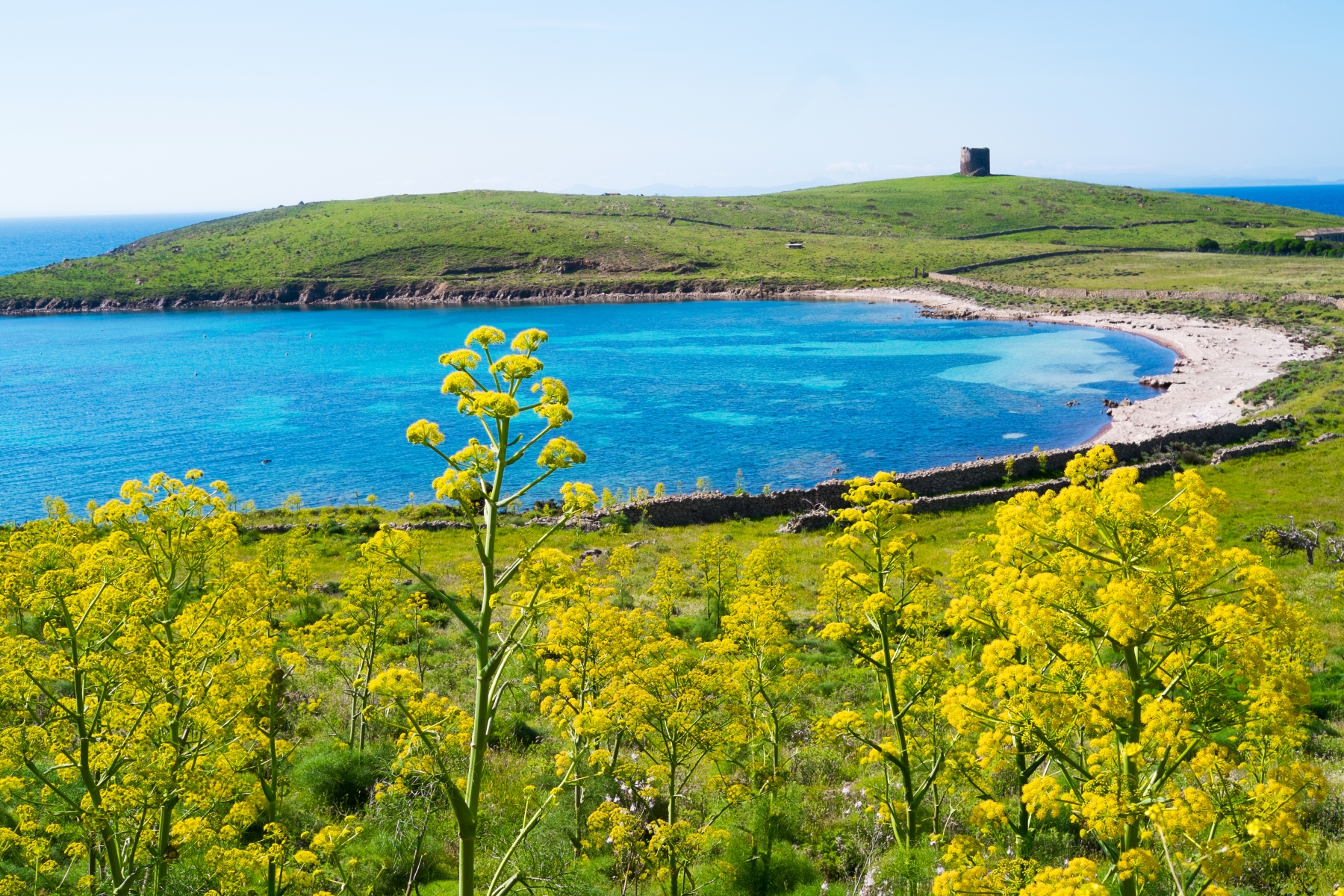Asinara, l’isola degli asinelli.

La seconda isola più grande della Sardegna è uno dei due Parchi Nazionali della Sardegna. L’area è protetta al fine di preservare la sua natura selvaggia e la fauna locale.
Asinara significa “abitata di asini” anche se molto probabilmente il suo nome ha un’origine più antica e deriva dal latino “sinuaria”, che significa “a forma di seno”.

La macchia è bassa, l’acqua è scarsa e gli alberi sono scarsi ecco perché l’unica forma di vita resistente a queste condizioni è un gruppo di asini albini. Tutto, anche se è fantastico visitarlo. In barca puoi facilmente ancorare lì e fare una bella passeggiata.
A causa del suo isolamento storico, l’Asinara si è conservata in gran parte intatta. La presenza umana risale al Neolitico, ma l’isola non si stabilì stabilmente fino al 1600, quando si insediò una comunità di pastori e pescatori. Tuttavia, nel 1885, questa piccola colonia fu spostata sulla terraferma per far posto al capo lebbrosario del Regno d’Italia e poi anche colonia penale. Durante la seconda guerra mondiale l’isola divenne un campo di prigionia per i soldati austro-ungarici; dagli anni ’70 fino all’istituzione del Parco Nazionale nel 1997, l’Asinara è stata riconvertita in una delle principali carceri di massima sicurezza italiane, adibita principalmente alla detenzione di mafiosi e terroristi.

Oggi l’Asinara è una rinomata meta turistica, non solo per la sua storia unica, ma anche per le sue bellezze naturali, con le sue coste scoscese e rocciose, piccole calette dalle acque azzurre, macchia tipica della macchia mediterranea e una fauna variegata, tra cui la gazza, che è non presente in altre zone della Sardegna.